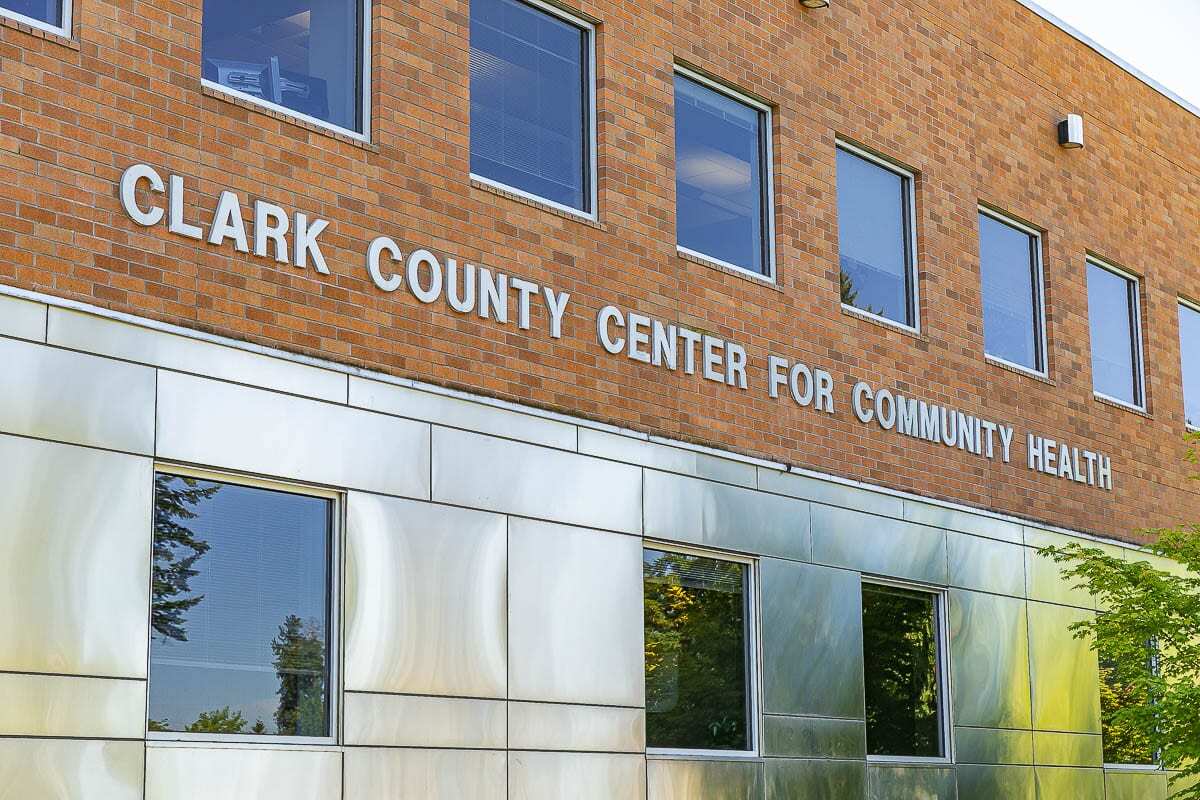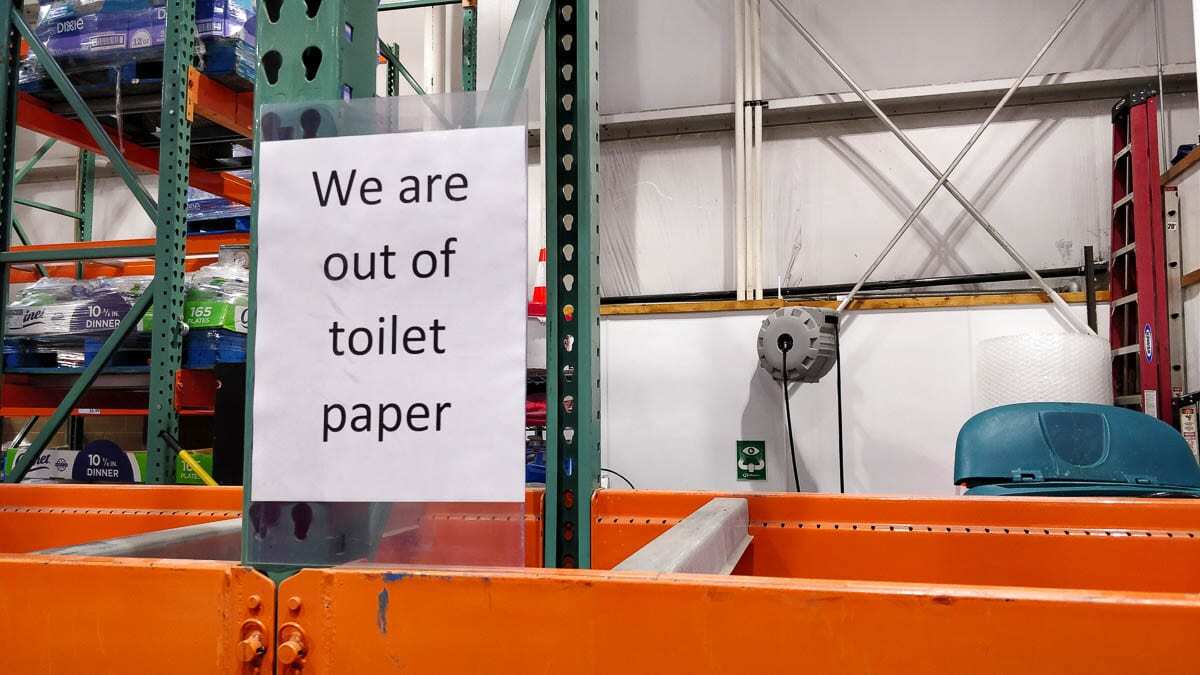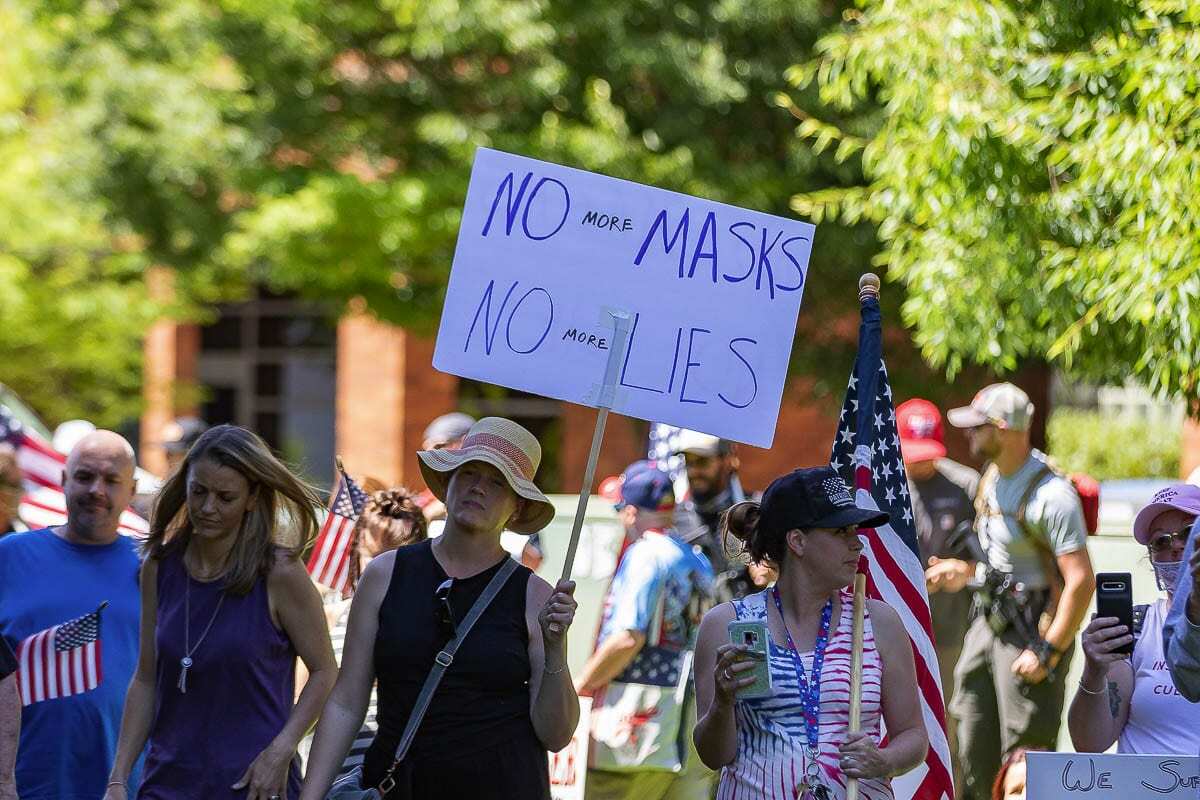March 6 marked the first of more than 18,500 confirmed COVID-19 cases for the county, and the start of a seemingly endless effort to bend the curve
VANCOUVER — March 6, 2020. A man in his 70s without any recent travel history becomes the first person in Clark County to test positive for COVID-19.

Just over two weeks later, as the virus spread across the state, the country, and the world, Washington Gov. Jay Inslee would order residents to stay home, restaurants and other businesses would be shut down, and the seemingly unending effort to “bend the curve” would begin in earnest.
“This is a human tragedy on a scale we cannot yet project,” Inslee said at the time. “It’s time to hunker down in order to win this fight.”
As news of the looming shutdown spread, store shelves were emptied of staples including paper products, beans, flour, and rice. Many of those shortages would persist for weeks.

By mid-April it appeared as if early efforts to slow the spread of the virus had been successful. Restaurants were allowed to resume limited indoor dining, slightly larger gatherings were permitted, and there is even talk of schools opening with at least some students in classrooms by the coming school year.
Then, following the Fourth of July, a new wave of cases sounds alarm bells, prompting new mask mandates.
Then, a post-July 4th bump sounded new alarm bells as cases rose past the spike in May. Clark County has seen 1,318 confirmed cases by July 23, with 33 deaths.
In August, many families exhausted by months of restrictions defy requests by Public Health officials and take their usual trips wherever possible. Students prepare to return to school once again in full remote, though with promises that the experience will be much improved.

By the end of September Clark County has reported 3,313 cases, 66 deaths, and a rate of 66.4 new cases per 100,000 residents over the past 14 days. Many states in the midwest and southeastern US are seeing massive increases in new cases and hospitalizations, raising worries that other regions may soon experience the same thing.
October adds another 1,160 cases in Clark County, as well as 13 more deaths. It won’t be long before those numbers will be surpassed in a single week.
In November, the wave hits, with Clark County doubling its overall COVID-19 case count in a single month, while adding 36 more deaths. Restaurants brace themselves as Gov. Inslee again forces them to close indoor dining, along with more restrictions on entertainment venues and fitness facilities. Plans to reopen many areas of the state are placed on indefinite hold.
December brings hope in the form of the first vaccine approval, with the Food and Drug Administration issuing an Emergency Use Authorization for an mRNA vaccine manufactured by Pfizer-BioNTech on Dec. 11, and a second similar vaccine from Moderna a week later.

Meanwhile, Clark County has seen its 14-day case rate grow to 264 per 100,000 people, wrapping up the year with 13,172 cases and 150 deaths.
January sees the rate climb to nearly 350 per 100,000 people, wrapping up with 17,386 cases and 189 deaths. But it also shows clear signs that the largest wave of the pandemic may have broken, as daily case counts fall and hospitalization numbers begin to ease.
Today, the case rate has fallen back to 105, and is likely to dip below 100 this week. Hospitalizations are near their lowest levels since the early months of the pandemic, and a third vaccine, a single-dose version made by Johnson & Johnson, is entering circulation.
Restaurants can once again welcome a limited number of dine-in customers, and other businesses have seen restrictions eased.
In the first week of March, Washington hit its goal of administering 45,000 daily doses of vaccine, with plans to expand to all essential workers in its eligibility rollout by March 22.
As of today, Clark County has counted 18,567 confirmed COVID-19 cases, along with 228 deaths (23 of those are still under investigation).
More than just data
In addition to compiling daily updates on COVID-19 in terms of raw data, Clark County Public Health experts have also worked to track the pandemic behind the scenes.
That means making calls to over 16,000 confirmed cases and thousands more close contacts in an effort to notify people when they might need to quarantine. Much of that work has been done in concert with The Public Health Institute through an ongoing contract. That group is now working to notify people who are on the county’s vaccine waitlist and help them schedule appointments.
The health department also has worked with businesses, long-term care facilities, schools, and other facilities providing guidance to protect their employees or residents, as well as assisting in contact tracing in the event of an outbreak.
Those included high-profile events like the outbreak at the Firestone Pacific Foods fruit packing plant, or others, along with tracking potential exposures in schools throughout the county.
Public Health has also worked to distribute over $700,000 worth of assistance to hundreds of Clark County families isolating after being exposed to a known case of COVID-19. That included rent or mortgage assistance to 463 households, as well as utility payment assistance for 586 households.
More than 700 restaurants and other food establishments impacted by the economic shutdowns received a total of more than $925,000 in assistance, distributed through Clark County Public Health.
The department also worked with Community Services to open a motel which served nearly 100 people, mostly homeless, in need of quarantine or isolation after testing positive or being exposed to a known case.
More recently, Public Health worked with a Type 1 Incident Management Team from FEMA to establish mobile vaccination clinics which, to date, have helped to vaccinate over 1,000 people at senior living facilities and adult family homes throughout the county, and with the city of Vancouver and the federal government to set up a community vaccination site at Tower Mall, in the same location as a no barrier testing clinic.
The hope now is that the worst of the pandemic is past, and that ongoing vaccinations and medical discoveries will allow us to return to life as usual as Spring arrives, and especially as we move into the Summer months.




